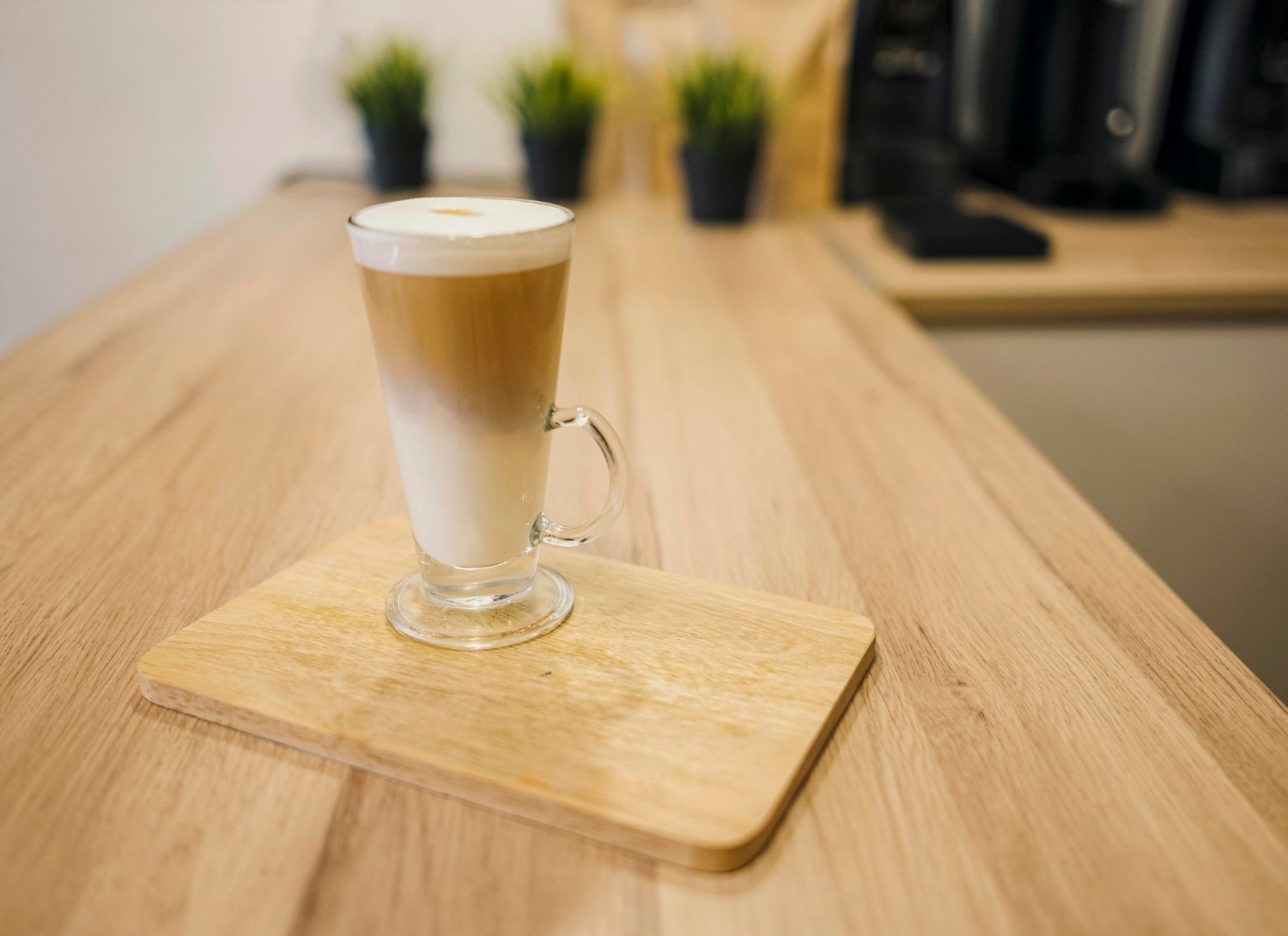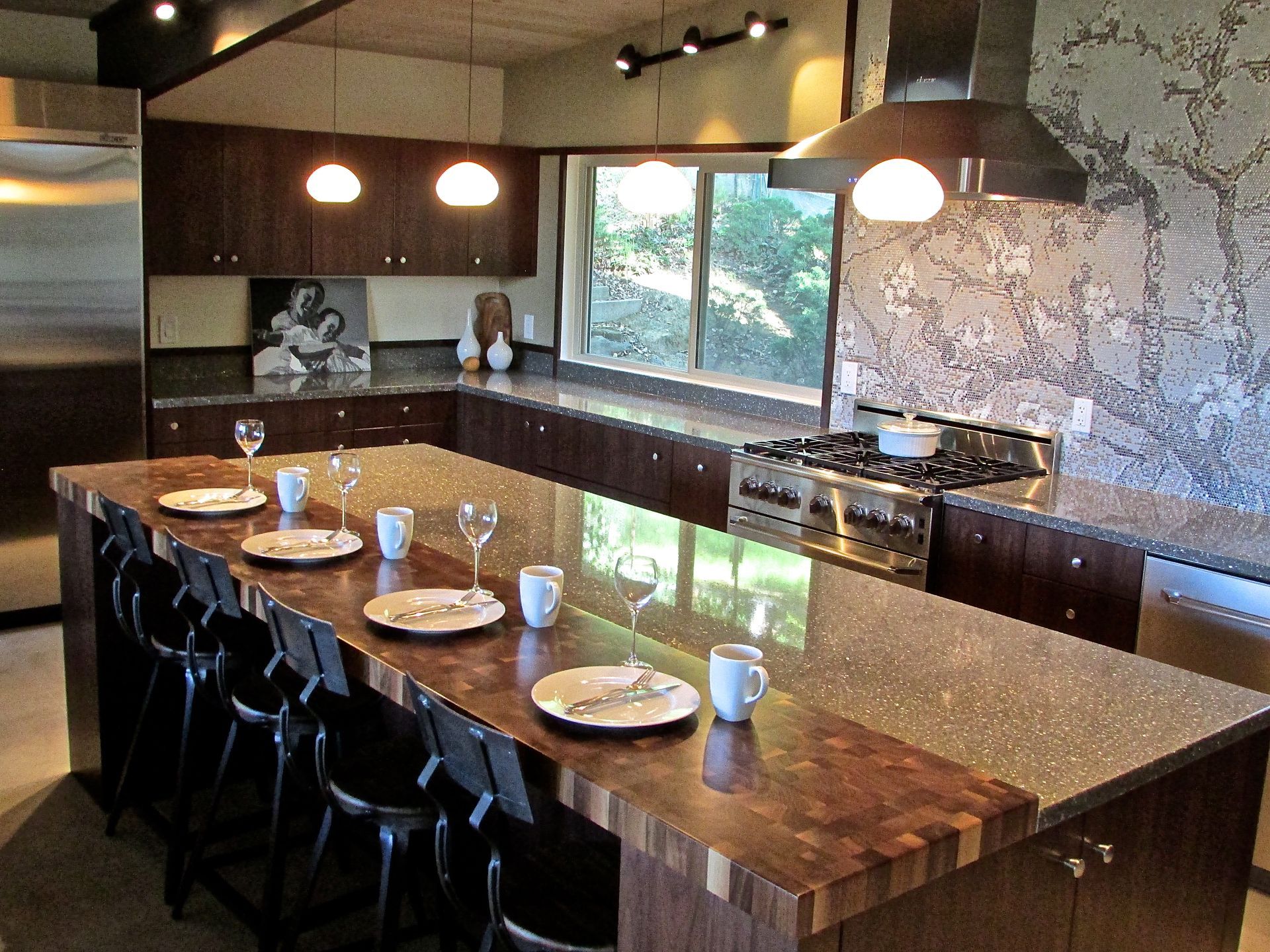Kitchen counters take a beating. From morning coffee prep to dinner cleanup, they’re used constantly, especially in busy homes. That’s why the surface you pick matters. Wood can be a great choice, with its natural feel and warm look. When it comes to style and strength, a black walnut butcher block often stands out. But the real question is, can dark walnut handle the pace of an active kitchen?
This post looks at how black walnut works in daily use, how it holds up when things get hectic, and what you need to do to take care of it over time. If you’ve been thinking about dark walnut for your kitchen, this should help you figure out if it’s the right call or something better saved for quieter spots.
What Makes Dark Walnut Stand Out
Black walnut comes from hardwood trees found mostly in North America. What makes it special isn’t just where it comes from, but how it looks and feels once it's cut and shaped. It has a deep brown tone, sometimes with purple or gray shades mixed in, and its grain pattern is bold without being too loud.
Some wood types are brighter or more uniform, but black walnut has a rich tone that adds depth to a space. It’s often chosen by people who want a countertop that brings warmth and character without being too trendy or flashy. It feels both classic and cozy, and that balance makes it a lasting favorite.
What really makes it stand out is how it changes with light. It tends to darken slightly over time, settling into a soft, lived-in look. If you're after something timeless that still speaks to personal style, dark walnut hits that note without trying too hard.
Hardness and Durability in Daily Use
No wood countertop will stay perfect forever. Dings, scratches, and heat marks are just part of the deal when a surface is used every day. What we look at with black walnut is how well it stands up to those kinds of things.
• It’s tough enough to take some bumps without breaking or cracking
• It doesn’t splinter or flake easily, which is a big plus in a kitchen
• It can handle light chopping or food prep, though we don’t recommend using it as a full-time cutting board
Compared to softer woods like pine or even maple, black walnut offers more resistance to wear. It isn’t the hardest wood on the scale, but it balances strength with flexibility. That means you get solid durability with a surface that still feels comfortable under your hands.
Heat resistance matters too. Black walnut won’t scorch easily, though you’ll still want to put hot pans on a trivet or pad. As for spills and splashes, it's fine with normal kitchen messes as long as they’re wiped up fairly soon. With the right finish, it becomes even more resistant to quick moisture contact.
How Dark Walnut Holds Up in High-Traffic Kitchens
Busy kitchens bring a different kind of wear. It's not just about the occasional scratch. It’s repetitious motion, spills, and contact with food and tools all day long. So how does a dark walnut butcher block hold its own when it’s truly part of everyday life?
• When treated with a strong finish, the surface can resist staining and water damage
• It doesn’t show dirt or smudges as quickly as lighter woods might
• Its darker tone can mask small nicks or wear spots better over time
Still, some jobs are harder on the wood than others. Using it as a full prep zone or as a direct-cutting surface might wear it down quicker. For high-pressure areas like near sinks or stoves, we usually suggest sealing the base and resealing the top more often to keep the board protected.
If a kitchen sees a lot of traffic from kids, pets, or guests, black walnut can still work well. You just want to be thoughtful about where and how you use it. As an island counter or non-sink worktop, it shines. In high-splash or heavy-chop areas, regular care becomes more important.
Maintenance Needs and Upkeep Routines
All wood needs some attention over time, and black walnut butcher block is no different. The good news is that keeping it looking great doesn’t require much effort.
• Wiping it down after use is the biggest and easiest habit to build
• Applying food-safe oil from time to time helps the wood stay rich and full
• If the surface starts to look dull or dry, that’s a clear sign it’s ready for a refresh
We recommend oiling every few weeks at first, then less often once the wood is fully seasoned. The key is to use touch and sight. If it feels dry or has lost that soft sheen, it’s time for a little upkeep. Cleaning with a damp (not soaking) cloth and drying right after is another good habit.
With regular care, black walnut doesn’t just stay functional. It develops a nice patina that makes the wood feel lived-in, in a good way. Think of it like a favorite wooden table. The day-to-day use adds character instead of taking it away.
When a Black Walnut Butcher Block Makes the Most Sense
Black walnut can be a strong choice for kitchens that blend beauty with function. It works best when people are prepared to give it just a bit of care. If you’re looking for that one surface to take your space from plain to warm and personal, this could be it.
It fits especially well in homes where the kitchen isn’t just about speed, but connection, where meals are made with presence, not just hustle. That doesn’t mean it can’t take the pace, but the small bit of effort it needs is what keeps it looking its best.
Matching the wood to your habits really matters. If your counters double as homework spots, baking zones, and prep stations all at once, black walnut may shine as the main counter or the centerpiece on an island. It's flexible and forgiving, with a solid feel that welcomes daily use.
Choosing the right surface isn’t just about looks or hardness. It’s about the rhythm of your kitchen, the way you move through it each day, what you need from it during busy weeks, and how you want it to feel over time. With the right match, dark walnut offers a surface that holds up and still brings charm. And when rhythm and material line up like that, the result is quietly satisfying.
Why Choose a Custom Black Walnut Countertop?
With decades of woodworking experience, we craft every black walnut butcher block by hand, tailoring each piece to suit your kitchen’s specific size and style requirements. Our walnut counters are available with custom edge treatments, ranging from simple round-overs to detailed profiles, and all our finishes are food-safe and designed for high-use environments. We use only sustainably sourced domestic hardwoods, ensuring both quality and environmental responsibility in every project.
Wondering if a rich, natural surface fits your space? We've gathered helpful insights to guide your choice. A well-placed island, prep station, or accent counter made of a
black walnut butcher block can add warmth and style without interrupting your daily routine. At The Southside Woodshop, we've seen how this wood combines lasting beauty with practical strength when used thoughtfully. If you have specific design plans or need guidance matching it to your home's style, we're here to help you find the ideal solution. Contact us today to start the conversation.




